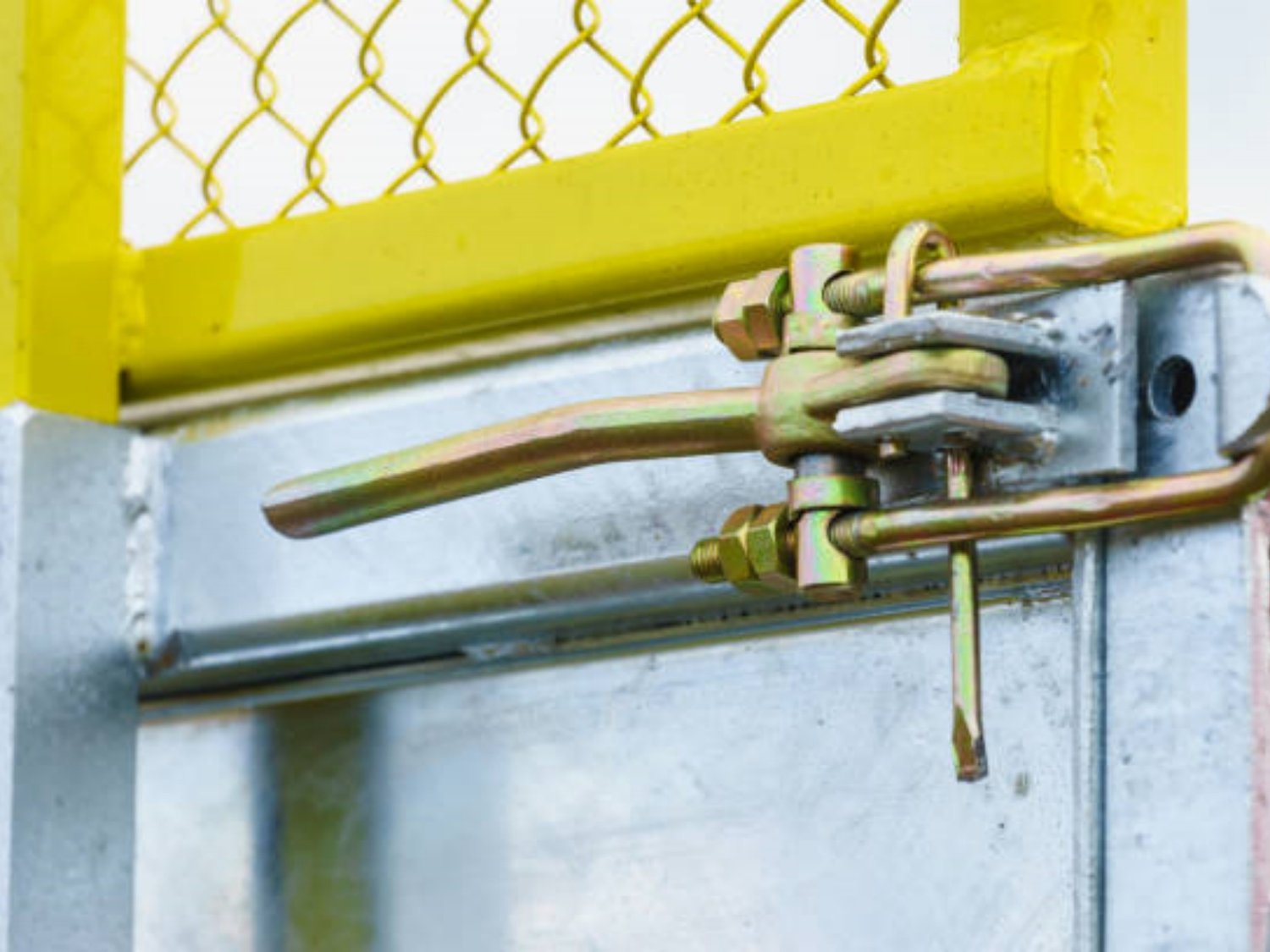The Importance of Understanding torsion spring types
Torsion springs are an essential component in various mechanical systems, playing a crucial role in providing rotational force. Understanding the different types of torsion springs available is vital for selecting the right one for your specific application. In this article, we will explore ten different torsion spring types, discussing their characteristics and applications.
1. Single Torsion Springs
Single torsion springs are the most common type and are widely used in applications where rotational force is required. These springs have a helical shape with a single coil and are typically wound in a clockwise or counterclockwise direction. Single torsion springs can be found in garage doors, clothespins, and various other devices that require rotational force.
2. Double Torsion Springs
Double torsion springs consist of two coils wound in opposite directions and connected by a center section. These springs offer increased torque and rotational force compared to single torsion springs. They are commonly used in applications where more force is needed, such as in window and door mechanisms.
3. Hinged Torsion Springs
Hinged torsion springs are designed with a hinge mechanism that allows them to rotate freely. These springs are often used in applications where a door or lid needs to be held open or closed securely. Hinged torsion springs can be found in overhead garage doors, toolboxes, and folding chairs.
4. Clock Springs
Clock springs, also known as power springs, are a type of torsion spring commonly used in timekeeping devices and mechanical clocks. These springs store mechanical energy when wound and release it gradually to power the clock's movement. Clock springs are typically flat and helically wound for efficient energy storage.
5. Spiral Torsion Springs
Spiral torsion springs have a unique design that allows them to exert rotational force in a linear direction. These springs are often used in applications where a constant rotational force is required, such as in electrical switches, retractable tape measures, and curtain rods.
6. Torque Springs
Torque springs are specially designed to provide a specific amount of torque or rotational force. These springs can be customized to meet precise torque requirements and are commonly used in applications such as automotive throttle systems, door hinges, and mechanical toys.
7. Brush Springs
Brush springs, also known as spring brushes, are a type of torsion spring used in electrical devices. These springs provide consistent pressure and tension to ensure proper contact between moving parts, such as brushes and commutators in electric motors.
8. Constant Force Springs
Constant force springs are unique torsion springs that provide a constant force throughout their entire range of motion. These springs are commonly used in applications where a constant force is required, such as in retractable cords, tape measures, and window counterbalances.
9. Clip Springs
Clip springs, also called retaining clip springs, are torsion springs designed to secure or retain objects in place. These springs are commonly used in automotive, aerospace, and industrial applications to hold components together or prevent them from shifting or vibrating.
10. Belleville Springs
Belleville springs, also known as conical or disc springs, are unique torsion springs that provide high load capacity in a small space. These springs are conically shaped and are often used in applications where high spring force is required, such as in bolted connections, valves, and clutches.
Conclusion
Understanding the different types of torsion springs available is essential for selecting the right spring for your specific application. Whether you need a single torsion spring for a simple mechanism or a complex double torsion spring for a heavy-duty application, knowing the characteristics and applications of each type will guide you in making an informed decision. Remember to consider factors such as torque requirements, space limitations, and environmental conditions when selecting a torsion spring for optimal performance and longevity.

